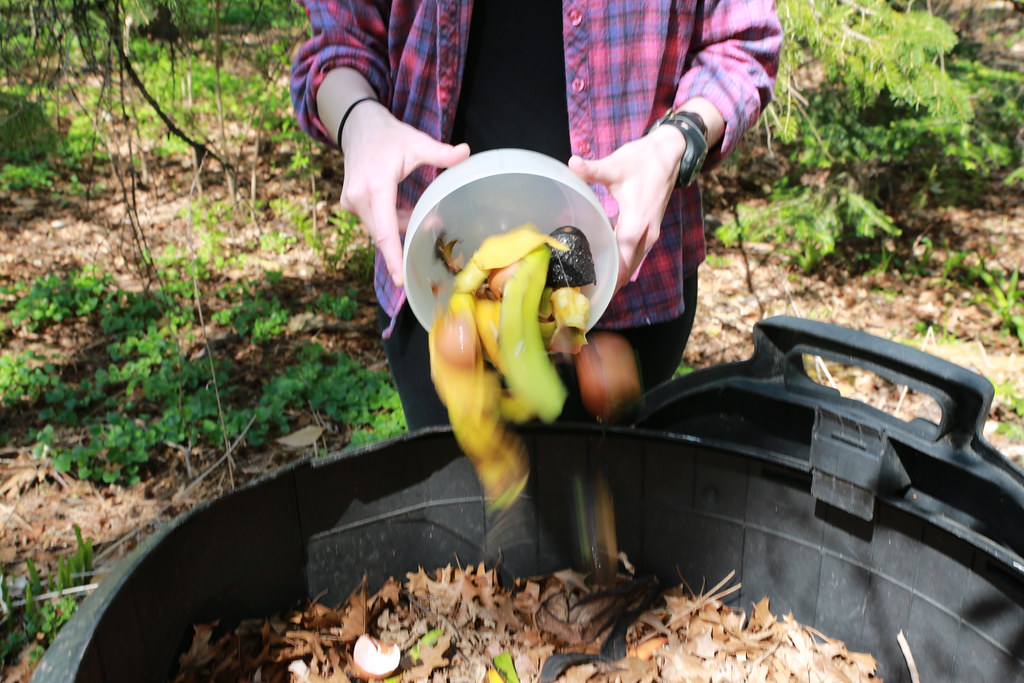Steve’s Sustainability Tips!- July 2023
For those of you who are avid gardeners, like myself, it has been, so far another great year for vegetable and fruit gardens. I am thankful for the excellent harvest I have had of blackberries, green zucchini and yellow squash, cauliflower, broccoli, cucumbers, tomatoes and peppers so far. In an upcoming blog, I will share my experiences with natural gardening, without the use of pesticides. For this month’s blog, let’s talk composting.
Compost is a mixture of ingredients used as plant fertilizer and to improve soil’s physical, chemical, and biological properties. It is commonly prepared by decomposing plant and food waste, recycling organic materials, and manure. Microorganisms feed on the materials added to the compost pile during the composting process. They use carbon and nitrogen to grow and reproduce, water to digest materials, and oxygen to breathe. You can compost at home using food scraps from your kitchen and dry leaves and woody material from your yard.

Composting is one of the best things you can do for your garden. It’s all about keeping your soil healthy, which is the foundation of our gardens. By adding an inch or 2 of compost to your beds each season, you are adding organic matter and nutrients, and improving the soil structure. That helps your fruits, vegetables and flowers grow strong. However, composting isn’t just about resulting in healthy soil. Our food waste systems have become extremely harmful to the environment. When your food goes into the trash, it’s sent to a landfill where it breaks down over time with the rest of our trash and produces methane, a greenhouse gas that’s responsible for approximately 30% of global warming since the pre-industrial time period. When we put our food waste in our own compost, which gets aired out each year, we are reducing the amount of methane added to our atmosphere.
You should know that it takes patience and it is a long process. If you start tomorrow, you probably will not have usable compost until another 2 years. The first step is to choose a place in your yard and a structure to store it in. There are plenty of Do It Yourself options and you can purchase a covered bin with a crank on the side to make turning easier. You want to add both “browns” and ‘greens” in a ratio of 2/3 to 1/3, respectively. Browns are dried , dead things you would find in your backyard as leaves and sticks. Greens are anything that was recently living, as food scraps and grass clippings. In future blogs, I can give more information on composting; however, I hope for those of you who are not composting, this at least piques your interest to consider it for your gardens.
Enjoy your summer and until next time – stay environmentally savvy!
Steve Talerico
Board Member